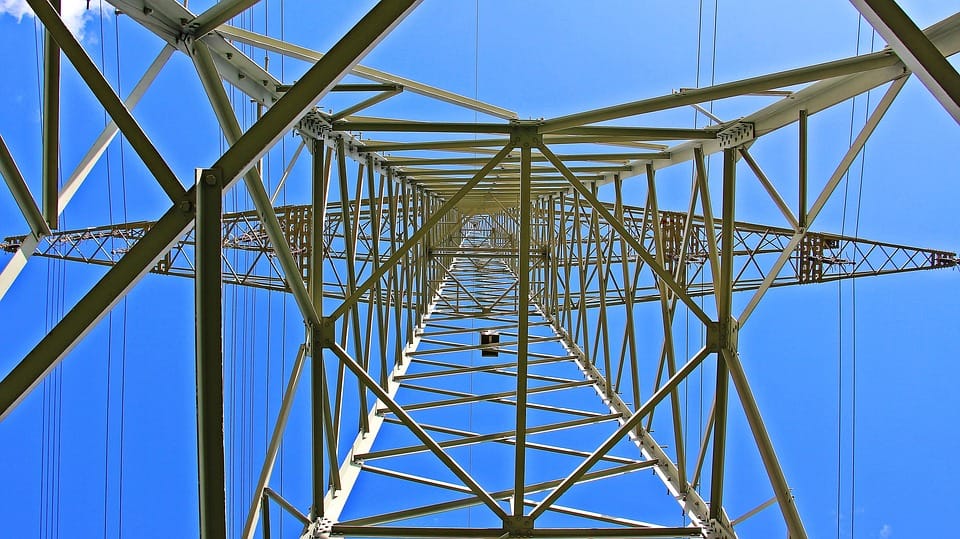The hobby of metal detecting has captivated treasure hunters and history enthusiasts for decades. While some metal detectorists search for coins, relics, and other valuable metals, others have a more specific goal in mind: finding lost or hidden jewelry. From diamond rings to gold necklaces, the thought of uncovering a valuable and beautiful piece of jewelry in an unexpected location is thrilling. In this comprehensive guide, we’ll explore the art of metal detecting for jewelry, including the best techniques, equipment, and locations to increase your chances of finding lost treasures and unique pieces.
Understanding the Basics of Metal Detecting
Before diving into the world of metal detecting for jewelry, it’s essential to understand the basics of using a metal detector. A metal detector is a handheld or mounted device that uses electromagnetic induction to detect metal objects buried underground. The device consists of a search coil, which emits an electromagnetic field, and a control box, which receives signals from the coil and alerts the user to the presence of metal.
The sensitivity of a metal detector is crucial for finding small objects like jewelry. A higher sensitivity setting will allow the detector to pick up on smaller and deeper targets, but it may also increase the likelihood of false signals from non-ferrous metals, like aluminum. Adjusting the sensitivity setting to match the type of jewelry you’re searching for and the conditions of your search area is essential.
Choosing the Right Metal Detector
Selecting the right metal detector for your jewelry hunting adventures is crucial. While there is no one-size-fits-all detector, there are certain features and characteristics to look for when specifically searching for jewelry.
1. Frequency: Higher frequency detectors, such as those with a frequency of 15 kHz or higher, are better suited for finding small, conductive targets like gold and silver jewelry. However, lower frequency detectors (around 10 kHz) may be more effective in highly mineralized soil or when searching for larger, non-conductive items.
2. Search coil size: Smaller search coils, between 7 and 10 inches in diameter, are more maneuverable and better suited for locating small targets in tight spaces. However, larger coils (11 inches or more) will cover more ground faster and may be better for searching larger areas.
3. Discrimination and target ID: Jewelry hunters should look for detectors with advanced discrimination and target identification features. These features help filter out unwanted targets, such as trash or iron objects, and can improve your chances of finding valuable jewelry.
4. Waterproofing: If you plan on searching for lost jewelry in wet environments, such as beaches or shallow water, consider a metal detector with waterproof or water-resistant features.
Some popular metal detectors for jewelry hunting include the Minelab Equinox 800, Garrett AT Pro, and Fisher F2.
Essential Accessories for Metal Detecting
In addition to a high-quality metal detector, there are several essential accessories that can enhance your jewelry hunting experience.
1. Headphones: A good pair of headphones can improve your ability to hear faint signals and distinguish between different types of targets.
2. Digging tools: A durable, lightweight shovel or digging tool is essential for excavating potential jewelry finds without damaging the items.
3. Pinpointer: A pinpointer is a small, handheld metal detector that can help you pinpoint the exact location of a target once you’ve received a signal from your primary detector. This can be especially helpful when searching for small jewelry items.
4. Carrying bag or backpack: A sturdy and comfortable carrying bag or backpack is essential for organizing and transporting your metal detecting gear.
5. GPS device: A GPS device can be helpful for marking promising search locations and tracking your search patterns.
6. Metal detecting gloves: Protect your hands from sharp objects and harsh terrain with a pair of durable metal detecting gloves.
Tips and Techniques for Finding Jewelry
Now that you have a better understanding of metal detecting basics and equipment, let’s explore some tips and techniques for finding lost or hidden jewelry.
1. Research your search area: Before you begin your search, research the history of the area you’re planning to search. Look for locations with a high likelihood of lost jewelry, such as beaches, parks, and popular event venues.
2. Focus on high-probability areas: When searching a large area, focus on areas with a higher likelihood of containing lost jewelry, such as benches, picnic tables, and playgrounds. These areas see more frequent and prolonged human activity, increasing the chances of finding lost jewelry.
3. Search in patterns: To ensure you cover the entire search area thoroughly, search in organized patterns, such as grid or spiral patterns. This will help you avoid missing any potential targets.
4. Dig carefully and responsively: When you receive a strong signal from your metal detector, dig carefully and responsively to minimize damage to the potential jewelry find. Use a small, delicate digging tool and excavate soil in small, controlled scoop

